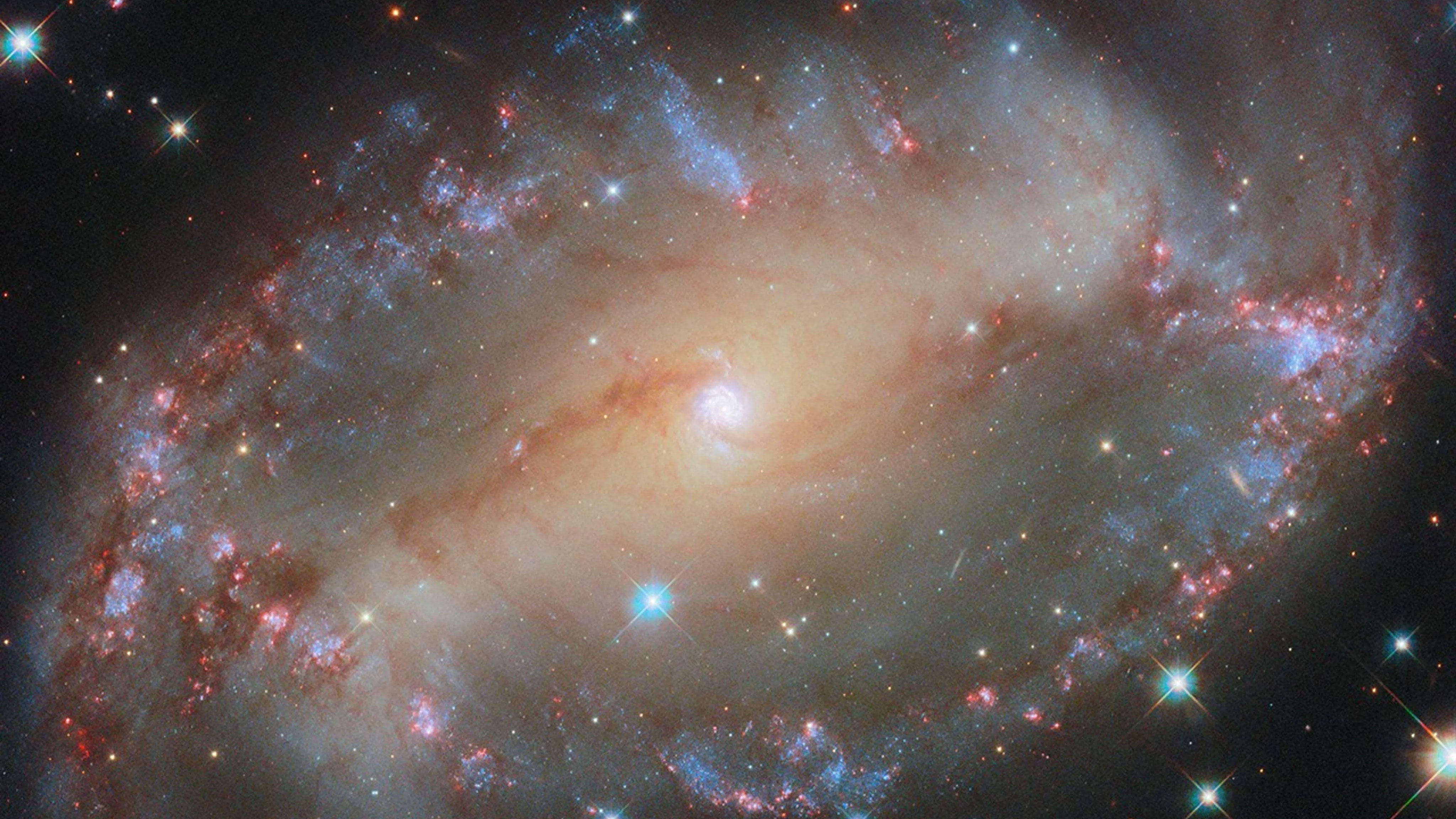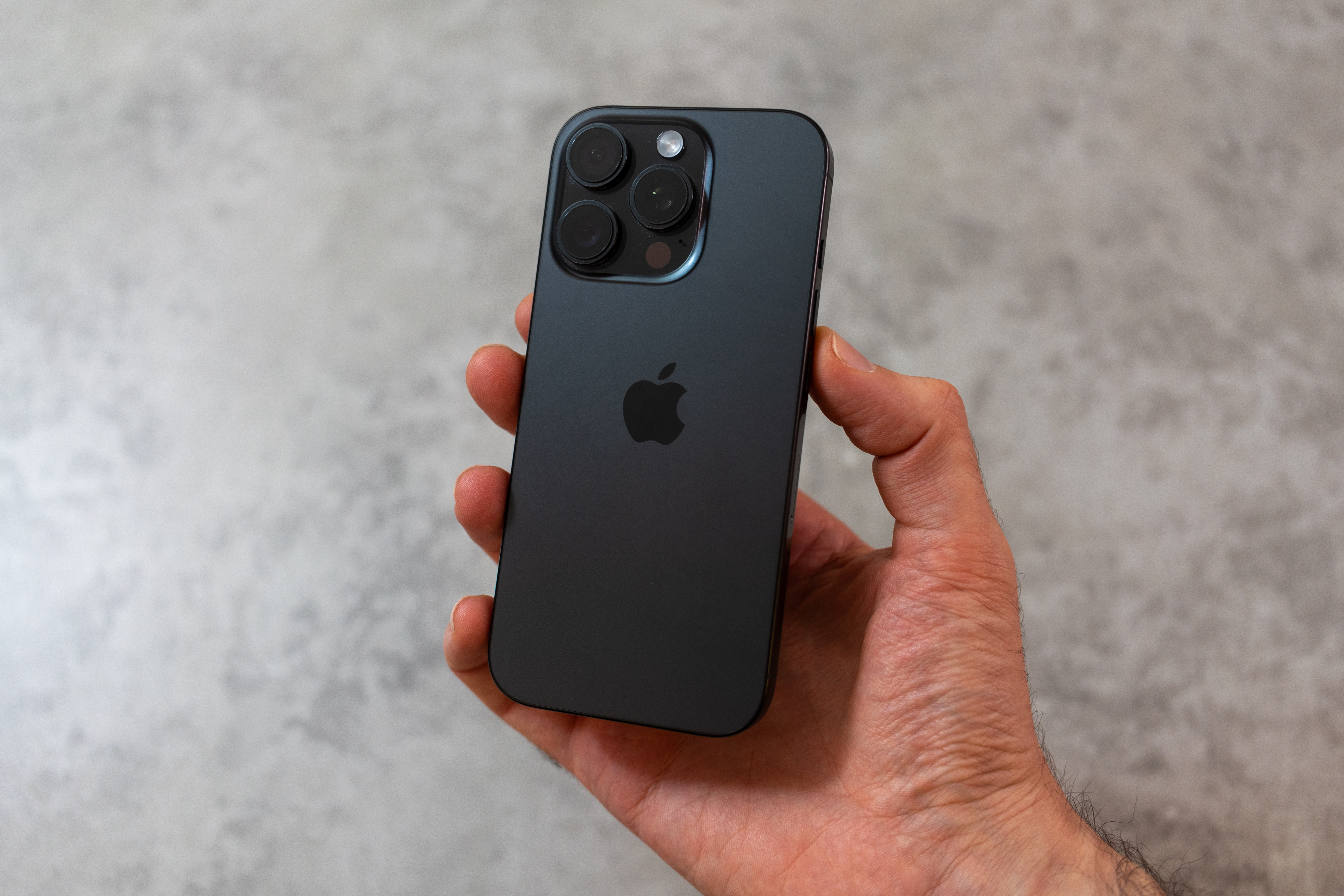NASA Hubble Space Telescope spots cosmic eye staring straight back at it from deep space
The Hubble Telescope has spotted an unusual spiral galaxy – 76 million light-years away – that resembles an eye

NASA and the European Space Station launched the Hubble Space Telescope in 1990, and over the past 34 years it’s been responsible for some of the most important discoveries in the universe.
Now, it has discovered a giant eye in the sky, staring right back at it.
Galaxy NGC 2566 is a spiral galaxy sitting 76 million light-years away, in the constellation Puppis. It appears tilted from our perspective here on Earth, taking on an almond shape and giving the galaxy the appearance of a cosmic eye.
Hubble was instrumental in determining that the age of the universe is roughly 13.8 billion years, helped determine the rate at which the universe is expanding, and discovered that nearly every major galaxy is anchored by a black hole at the center of it.
Scientists have used data from the Hubble to survey the galaxy’s star clusters and star-forming regions, especially young stars only a few million years old. These stars are bright at the ultraviolet and visible wavelengths, which the Hubble Telescope is sensitive to.
Astronomers can then use this data to measure the ages of NGC 2566’s stars, “which help piece together the timeline of the galaxy’s star formation and exchange of gas between star-forming clouds and the stars themselves,” says NASA.
Named after astronomer Edwin Hubble, the telescope has two primary camera systems to capture its stunning images of the cosmos – the Advanced Camera for Surveys (ACS) and the Wide Field Camera 3 (WFC3).
Get the Digital Camera World Newsletter
The best camera deals, reviews, product advice, and unmissable photography news, direct to your inbox!
They both work together to provide incredible wide-field imaging over a broad range of wavelengths.
According to NASA: “Installed on Hubble in 2002, ACS was designed primarily for wide-field imagery in visible wavelengths, although it can also detect ultraviolet and near-infrared light. ACS has three cameras, called channels, that capture different types of images.
“An electronics failure in January 2007 rendered the two most-used science channels inoperable. In 2009, astronauts were able to repair one of the channels and restored ACS’s capacity to capture high-resolution, wide-field views.
“Installed in 2009, WFC3 provides wide-field imagery in ultraviolet, visible and infrared light. WFC3 was designed to complement ACS and expand the imaging capabilities of Hubble in general. While ACS is primarily used for visible-light imaging, WFC3 probes deeper into infrared and ultraviolet wavelengths, providing a more complete view of the cosmos.”
Take a look at our guides to the best cameras for astrophotography, the best lenses for astrophotography, and the best CDC cameras for astrophotography.

After graduating from Cardiff University with an Master's Degree in Journalism, Media and Communications Leonie developed a love of photography after taking a year out to travel around the world.
While visiting countries such as Mongolia, Kazakhstan, Bangladesh and Ukraine with her trusty Nikon, Leonie learned how to capture the beauty of these inspiring places, and her photography has accompanied her various freelance travel features.
As well as travel photography Leonie also has a passion for wildlife photography both in the UK and abroad.
